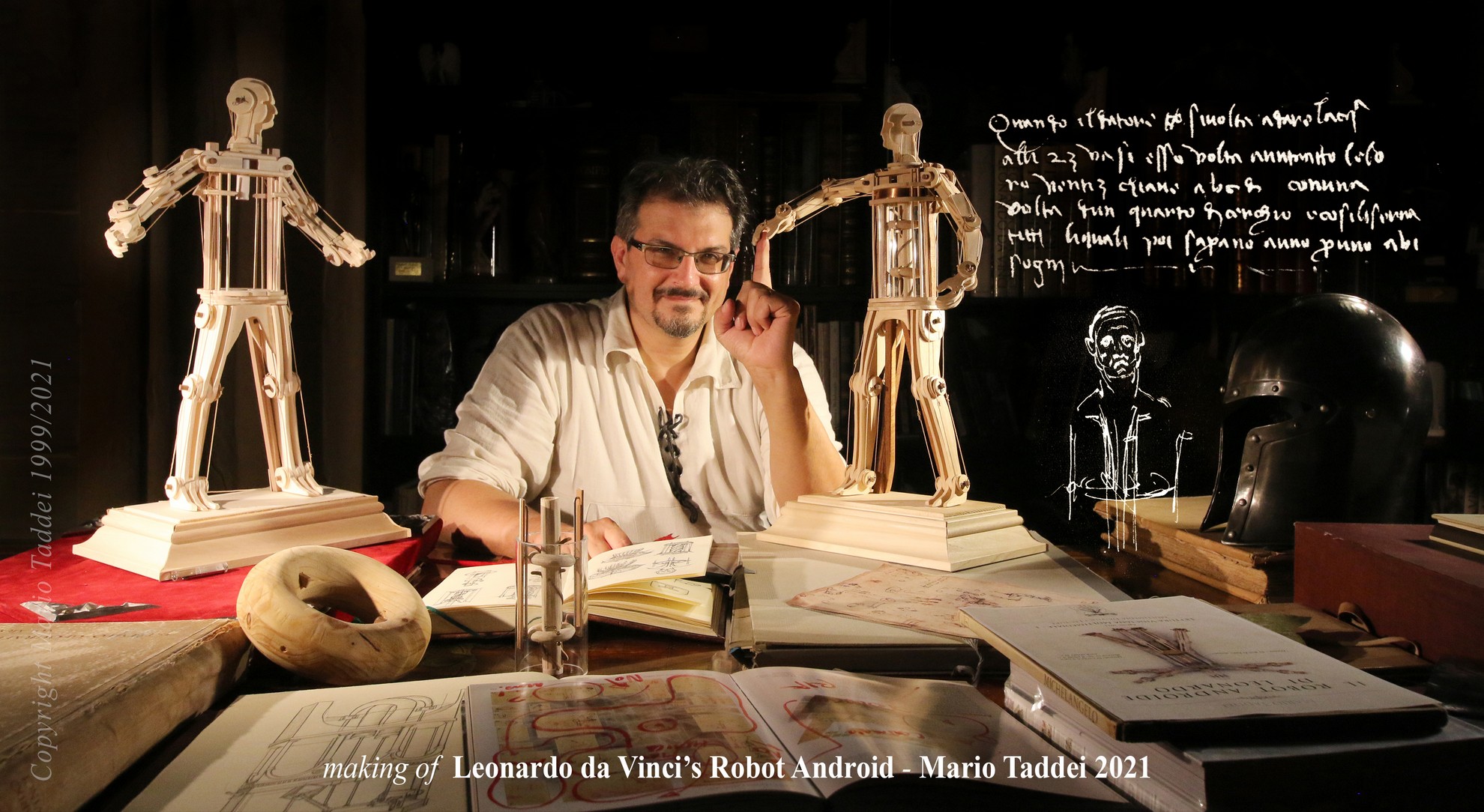Go to ENGLISH verison here
links
“sia luce…”


Erano le 1:33 di notte,
il mio PC fa risuonare un “bing”..
l’intelligenza artificiale ha terminato il processo di Textual Inversion di …
me stesso.
Non ho resistito, come in un vecchio film chiamato tron (1982) …
sono entrato in un mondo nuovo, affascinante e pericoloso: L’intelligenza Artificiale di nuova generazione. Ho “istruito” la mia nuova I.A. attraverso mie foto alla comprensione del termine “Mario Taddei”, il mio nome.
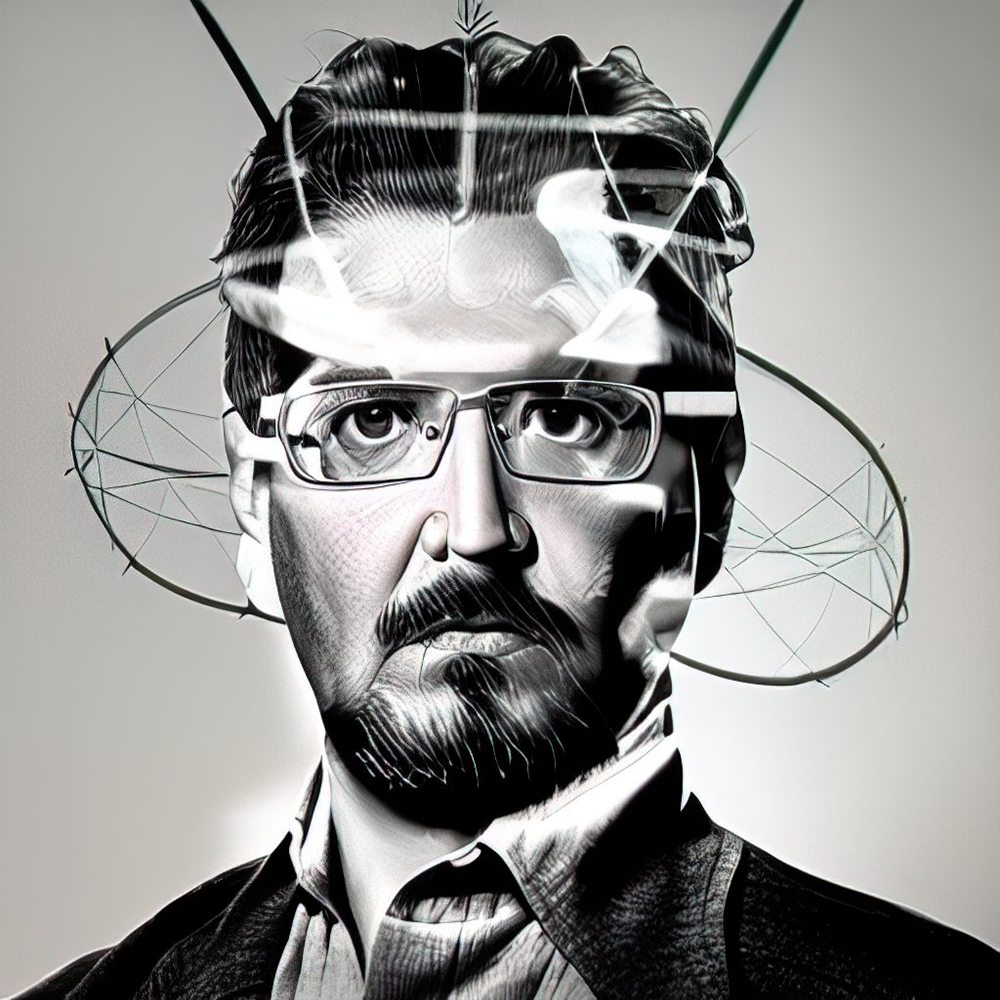
Dopo un processo complicato ed incredibilmente affascinante il modello MarioTaddei.pt era pronto. Una copia di me stesso era all’interno del database insieme a migliaia di altri termini.
Il file, che rappresenta me stesso, non è enorme , anzi sorprendentemente piccolo (50 Kb) eppure li sono inserite tutte le informazioni biometriche di me stesso, il mio avatar.
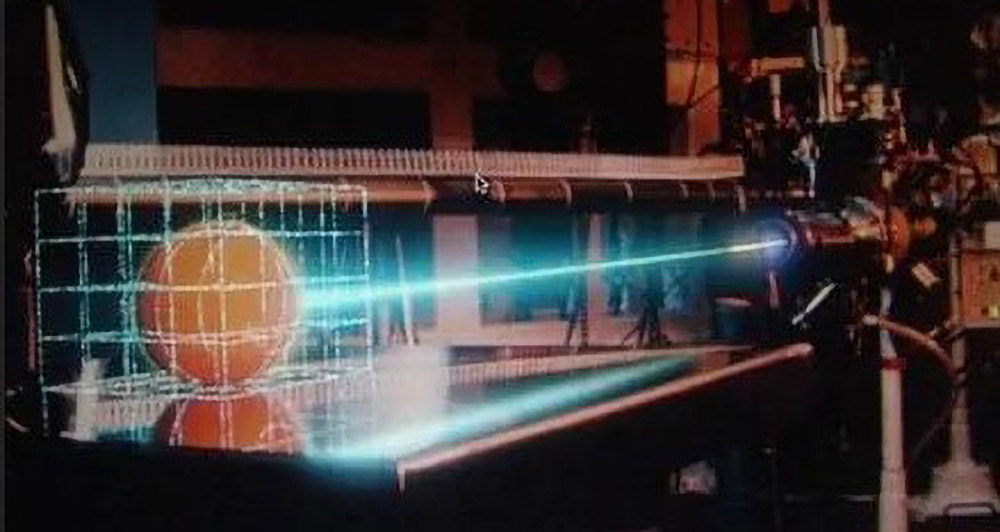
Adesso posso dire all’IA anche di generare ritratti di me stesso, posso dirle di farmi rivivere in un film, vedermi su Marte, come uomo pesce o come un robot.
Posso chiederle di mostrarmi da vecchio, da morto o vestito come un clown in una vasca di squali rosa mentre mangio una mela trasparente, insomma, qualsiasi cosa.
Solo qualche anno fa non sarebbe stato possibile fare tutto questo.
Solo con schede grafiche molto potenti (ci vogliono addirittura 24 giga di VRAM) è possibile far “allenare” un Intelligenza Artificiale che genera immagini.
Incredibile ed impensabile.
Assurdo, fantastico, meraviglioso e pericolosissimo.

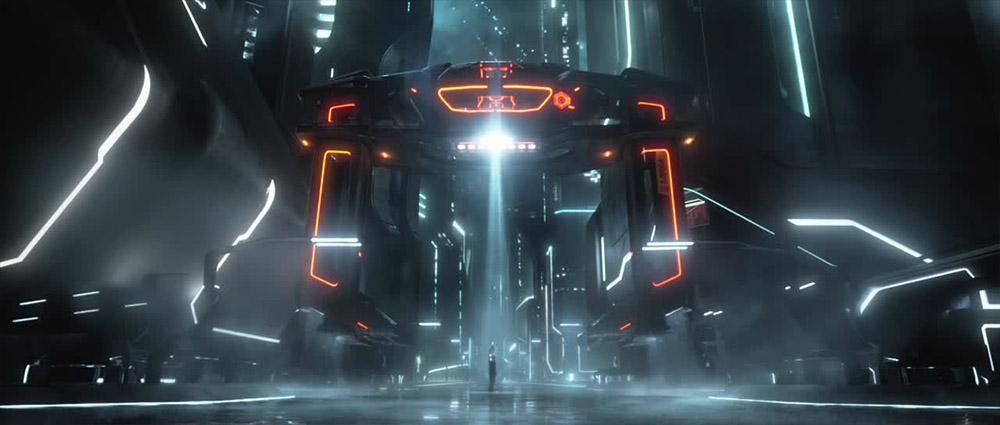
Quando ero piccolo vedevo film di fantascienza che processavano immagini “pixelate” con potenti computer, e dopo ore o giorni di super calcoli, riuscivano a far emergere dei volti dai pixel.
Era fantascienza, ora non lo è più.
Il processo sembra una magia, e per chi non sa programmare lo è di sicuro, ma anche dopo tutto quello che ho visto e fatto in 30 anni di carriera “digitale” mi sembra comunque una magia.
Spiegarlo nei dettagli è complicato ma ad un certo livello è anche semplice: l’IA parte proprio dal nulla, da una nuvola di “rumore”, simile a quella dei vecchi televisori di una volta quando non prendevano il segnale. Da un iniziale caos digitale, che ha una precisa dimensione di 262144 punti (ne uno di più ne uno di meno) si genera un “brodo” primordiale sfumato.
Macchie caotiche di luce e buio, come una visione primordiale i processi partono e “immaginano” qualcosa, una rete di connessioni tra punti.
Come nei cervelli dei vermi piatti o nelle cellule primordiali i neuroni cercano di riconoscere nelle macchie un significato così l’IA tenta di connettere delle macchie riconoscendo dei pattern registrati in un enorme data base. Con processi iterativi che collegano le parole digitate in un “prompt” alla sterminata catalogazione di immagini alla fine si arriva alla meraviglia, una nuova immagine generata con precise istruzioni da un “cervello” digitale. Oggi i database che hanno “setacciato” il web per molti cicli sono relativamente piccoli solo 4 gigabyte.
Comunque alla fine ho potuto lanciare la richiesta all’IA di immaginare me stesso. Una serie di immagini, un calcolo impressionante, anni di ricerche e sviluppo di modelli e programmazione open source (grazie a molti programmatori oggi la base della IA è open source, anche se qualcuno ci specula e ci guadagna miliardi)
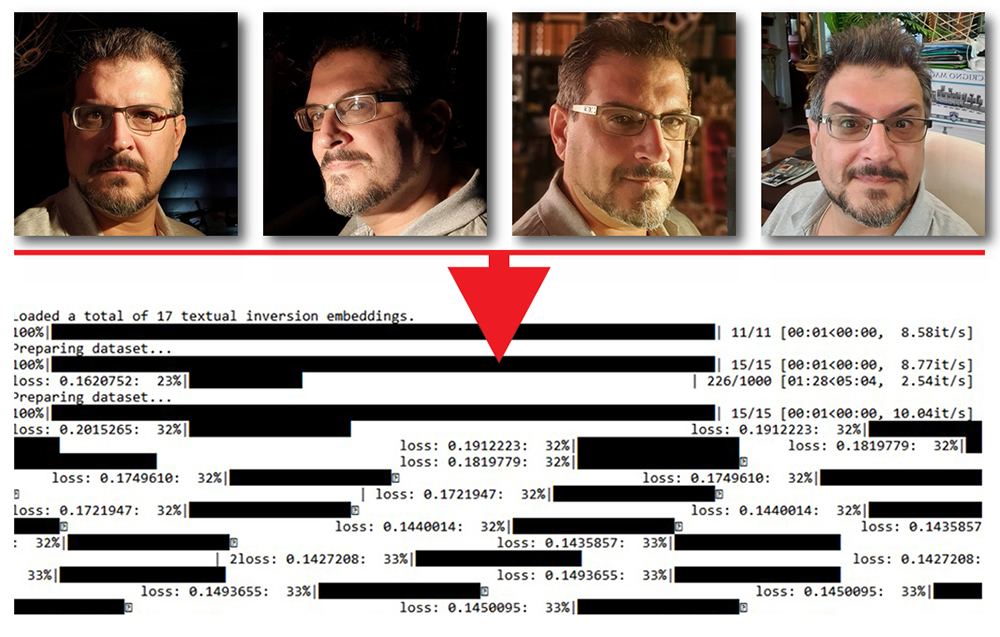

Ad un certo punto ho notato che nei miei ritratti generati dall’Intelligenza artificiale un orecchio aveva una piccola parte rientrante, un errore, ho pensato. Ed invece, ho poi notato allo specchio, che tra i tanti “difetti” ho anche un orecchio con una piccola parte leggermente rientrante, l’orecchio destro, non ci avevo mai fatto caso, eppure la AI lo aveva archiviato nel suo modello e me lo riproponeva. Potrei modificarlo e re-istruire l’AI ad una mia versione ideale ma preferisco lasciarlo. Si, si può ingannare l’IA e farle credere qualsiasi cosa.
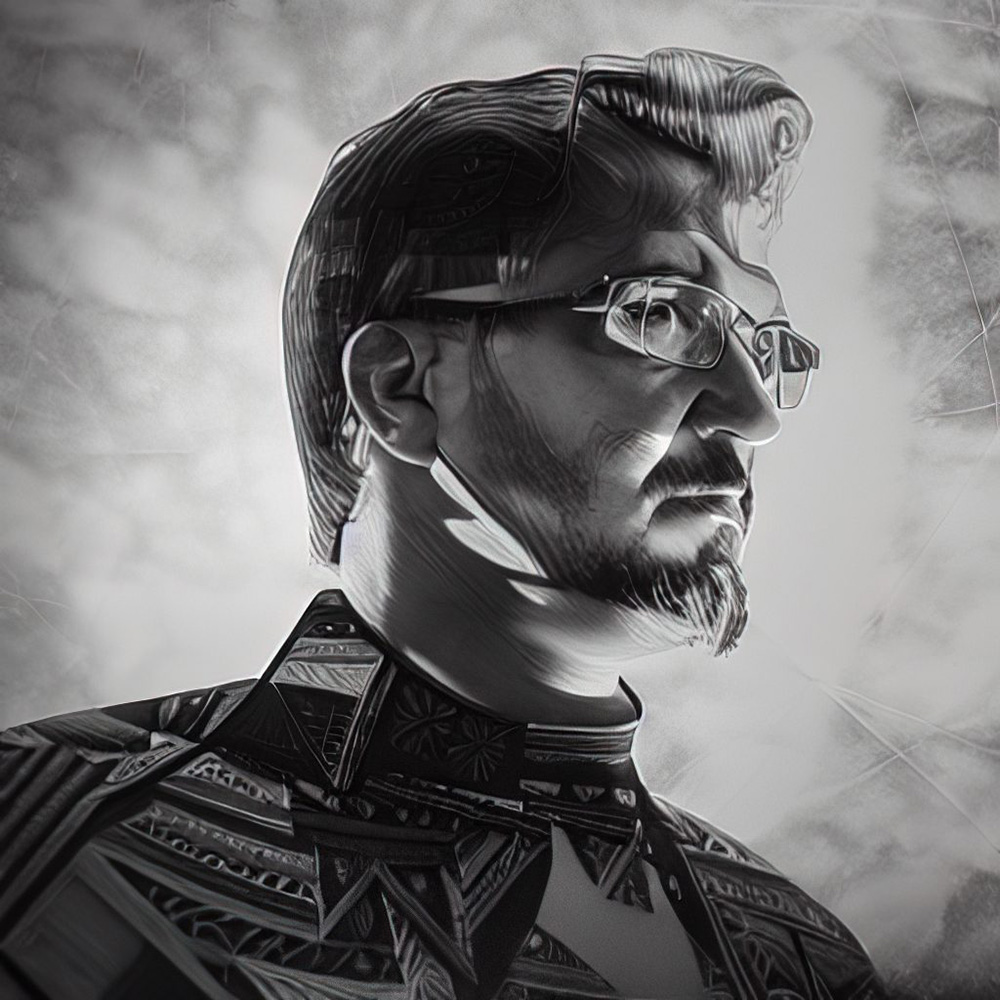
Ci sono limiti?
Forse no, ed è un po preoccupante.
Attenzione, sul mercato ci sono già numerose applicazioni come Dall-e e Midjourney che macinano ormai miliardi. Questi servizi, che si moltiplicheranno nei prossimi mesi, hanno server centrali e potenza di calcolo “in vendita” , infatti costa soldi veri, processare un immagine con AI. Ogni immagine anche se piccola, consuma tutte le risorse di un PC costoso e potente.
Non dovrei dirlo ma .. attenzione, le AI pubbliche , quelle famose e a pagamento, sono pesantemente censurate. Si, tanta censura, assurdo, ma forse utile. Ad un IA posso chiedere di creare una foto di un macellaio con la faccia da Lady Oscar che per lavoro deve squartare un maiale per procurarci da mangiare, e fin qui nulla di assurdo. Il problema è che posso invertire i termini e visualizzare qualsiasi altra cosa, qualsiasi. Ecco perché per ora tutti i servizi di AI sono censurati, molte parole non si possono scrivere. All’IA non importa cosa chiediamo, per lei non c’è nessuna differenza, per la nostra morale invece potrebbe essere un trauma.
E per i diritti e il copyright?
Un disastro, una voragine un implosione!
Attenzione, i servizi di AI a pagamento, inseriscono dei “watermark” nascosti (si….. non ve lo dicono) e in teoria vorrebbero così conservare il copyright sull’immagine prodotta.
Che disastro poi se questa diventa un NFT! Comunque sia, watermarks e censura non hanno senso in programmazione, si eliminano in 10 secondi.
I problemi sono solo all’inizio e ci sarà da divertirsi.

E’ una tecnologia pericolosa?
Si, molto
Si dovrebbe regolamentare?
Sarebbe meglio di si.
E’ possibile regolamentarla?
NO, se sai programmare
E’ possibile bloccare, censurare e governare un AI?
NO, se sai programmare.
I robot con AI saranno pericolosi?
SI, molto
I robot con AI si possono Limitare con leggi e regole?
Si, basta programmarle
Allora siamo salvi?
No, basta riprogrammarle
E le 3 leggi sulla robotica di Asimov?
Fesserie, se sai programmare si possono togliere.
l’AI conquisterà il mondo?
SI, un certo senso si.
L’AI prenderà il comando come Skynet e ci distruggerà?
No, non le interessa.
Che mondo sarà?
.. sempre più difficile ed affascinante,
ma tranquilli dureremo poco , tra pandemie ed effetto serra è evidente che il pianeta non ci sopporta più, per non parlare del fatto che nel 2022 siamo ancora a combattere guerre con i carri armati ed i fucili, non ci meritiamo ne il pianeta, ne la bellezza della futura I.A. senziente.

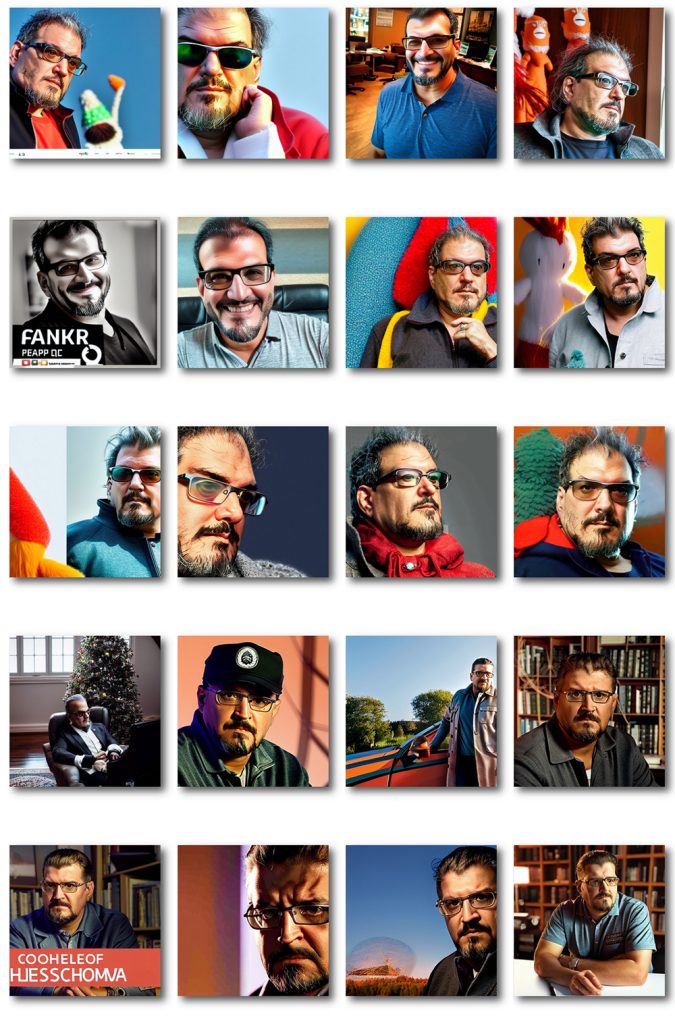
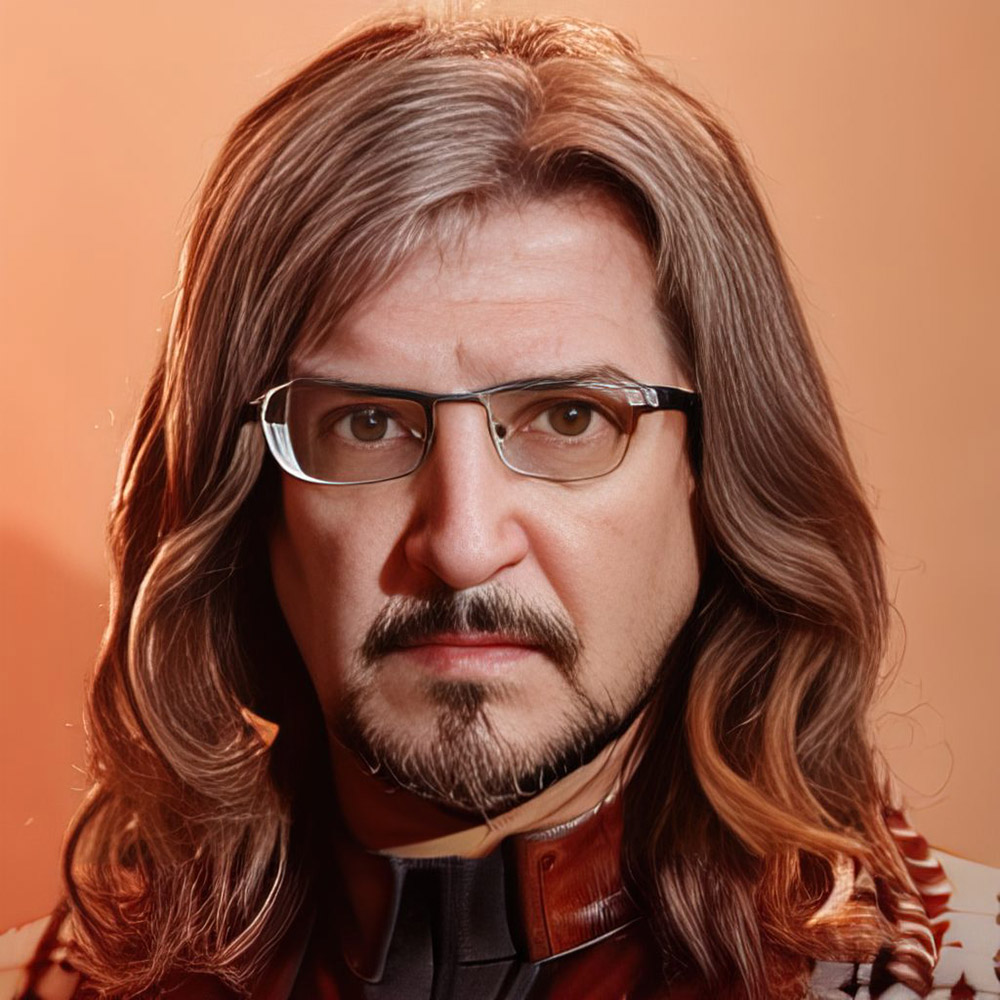
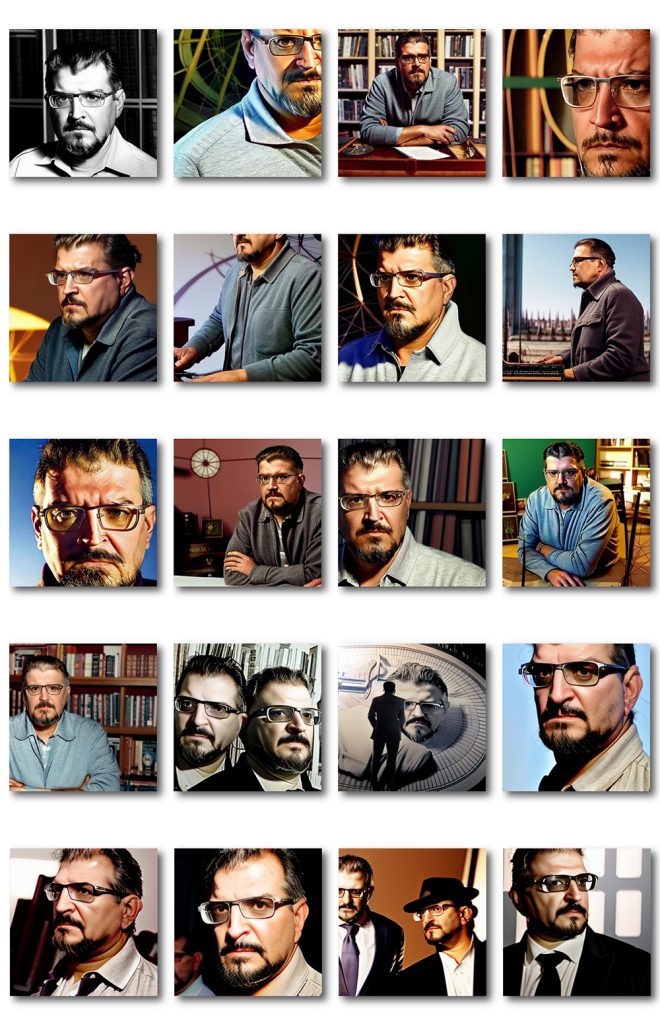
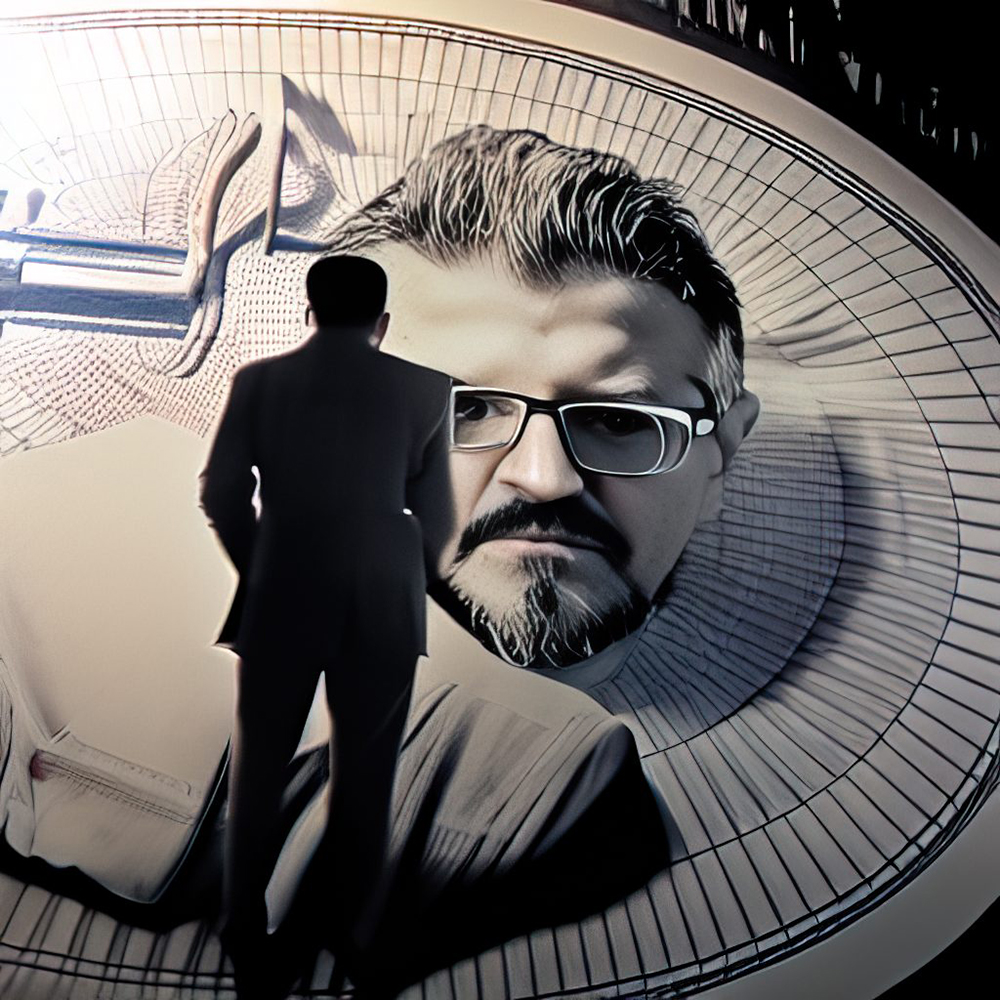

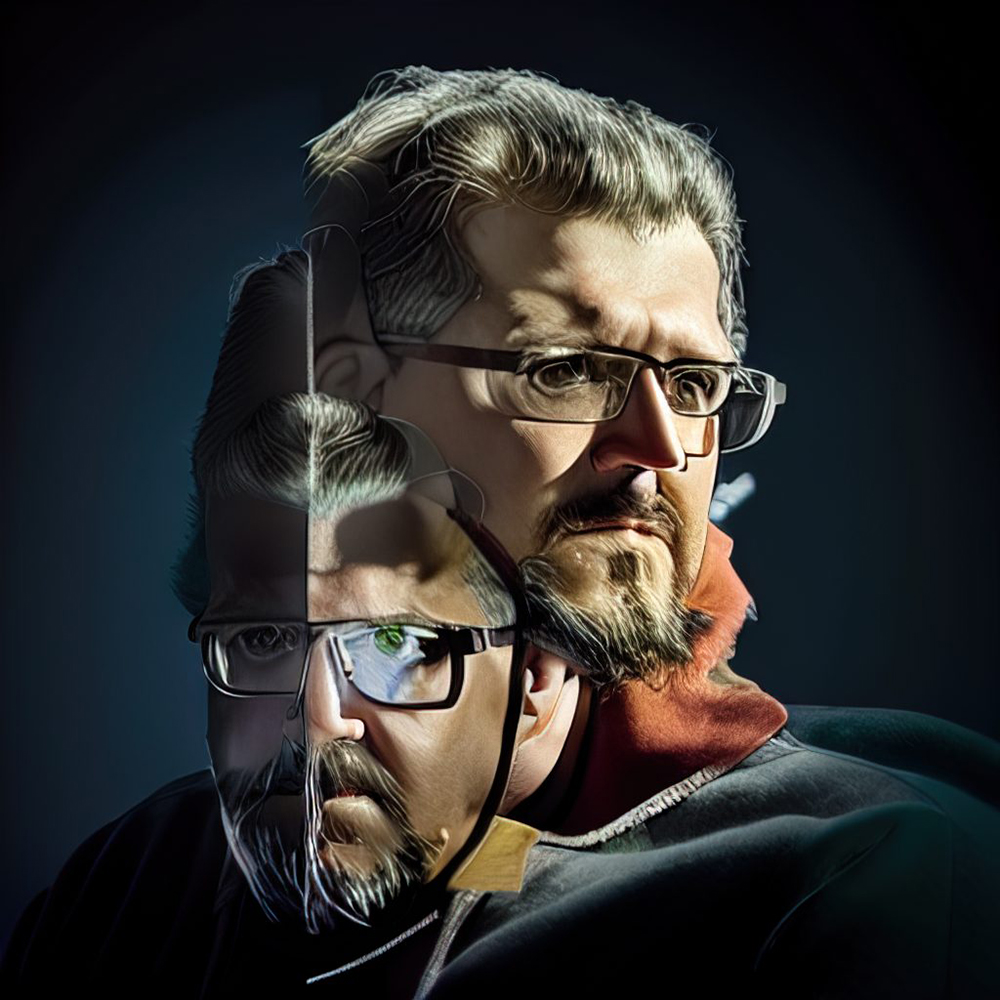
Queste sono tutte generazioni di MarioTaddei.pt dopo il Textual Inversio.
Si, sono io in altri universi generati dalla singolarità*, che presto arriverà.
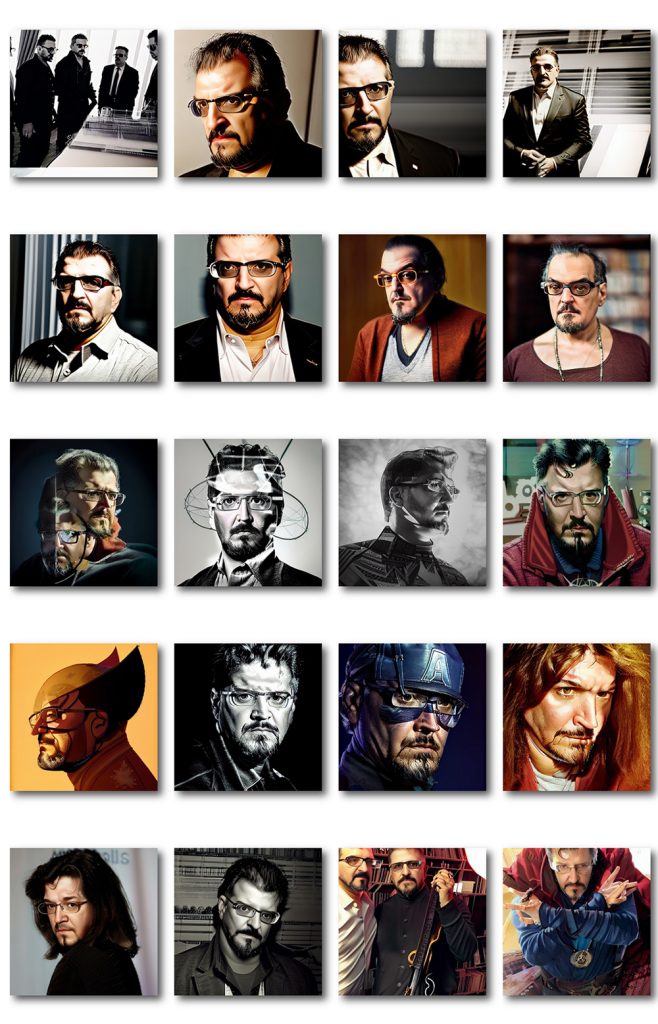
*Singolarità: momento in cui le IA diventeranno senzienti.

Mario Taddei
5/10/2022 – 2:47 AM!
ENGLISH

Artificial intelligence!

It was 1:33 at night,
my PC sounds a “bing” ..
artificial intelligence has finished the Textual Inversion process of …
myself.
I couldn’t resist, like in an old movie called tron (1982) …
I entered a new, fascinating and dangerous world: the new generation Artificial Intelligence. I “educated” my new A.I. through my photos to the understanding of the term “Mario Taddei”, my name.

After a complicated and incredibly fascinating process, the MarioTaddei.pt template was ready. A copy of myself was in the database along with thousands of other terms.
The file, which represents myself, is not huge, indeed surprisingly small (50 Kb) and yet all the biometric information about myself, my avatar, is inserted there.

in a movie, seeing myself on Mars, as a fish man or as a robot.
I can ask you to show me old, dead or dressed like a clown in a pink shark tank while I eat a transparent apple, I mean, anything.
Just a few years ago it would not have been possible to do all this.
Only with very powerful graphics cards (it takes even 24 giga of VRAM) it is possible to “train” an Artificial Intelligence that generates images.
Incredible and unthinkable.
Absurd, fantastic, wonderful and very dangerous.
When I was little I saw science fiction films that processed “pixelated” images with powerful computers, and after hours or days of super calculations, they were able to bring out faces from the pixels.
It was science fiction, now it isn’t.

The process seems like magic, and for those who don’t know how to program it certainly is, but even after everything I’ve seen and done in 30 years of “digital” career it still seems like magic.
Explaining it in detail is complicated but at a certain level it is also simple: the AI starts from nothing, from a cloud of “noise”, similar to that of old televisions of the past when they did not pick up the signal. From an initial digital chaos, which has a precise dimension of 262144 points (neither more nor less) a primordial nuanced “broth” is generated.
Chaotic spots of light and dark, like a primordial vision, the processes start and “imagine” something, a network of connections between points.

As in the brains of flatworms or in primordial cells, the neurons try to recognize a meaning in the spots, so the AI tries to connect spots by recognizing patterns recorded in a huge database. With iterative processes that connect the words typed in a “prompt” to the endless cataloging of images, in the end we arrive at the wonder, a new image generated with precise instructions from a digital “brain”. Today, the databases that have scoured the web for many cycles are relatively small, only 4 gigabytes.
However, in the end I was able to send the request to the A.I. to imagine myself. A series of images, an impressive calculation, years of research and development of models and open source programming (thanks to many programmers today the basis of A.I. is open source, even if some speculate on it and make billions of it)

At a certain point I noticed that in my portraits generated by artificial intelligence one ear had a small part that recessed, an error, I thought. And instead, I then noticed in the mirror, that among the many “defects” I also have an ear with a small, slightly receding part, the right ear, I had never noticed it, yet the AI had stored it in its model and me he proposed it again. I could modify it and re-instruct the AI to an ideal version of me but I prefer to leave it. Yes, you can fool the AI and make it believe anything.
Are there any limits?
Maybe not, and it’s a little troubling.
Attention, there are already numerous applications on the market such as Dall-e and Midjourney that now grind billions. These services, which will multiply in the coming months, have central servers and computing power “for sale”, in fact it costs real money to process an image with AI. Every image, however small, consumes all the resources of an expensive and powerful PC.
I shouldn’t say it but .. attention, the public A.I. , the famous and paid ones, are heavily censored. Yes, a lot of censorship, absurd, but perhaps useful. I can ask an AI to create a photo of a butcher with the face of Lady Oscar who has to quarter a pig for work to get us food, and so far nothing absurd. The problem is, I can reverse the terms and view anything else, anything. That’s why for now all AI services are censored, many words cannot be written. The AI does not care what we ask, for it there is no difference, but for our morale it could be a trauma.

What about rights and copyright?
A disaster, a chasm, an implosion!
Attention, paid A.I. services insert hidden “watermarks” (yes … .. they do not tell you) and in theory they would like to preserve the copyright on the image produced.
What a disaster if this becomes an NFT! However, watermarks and censorship make no sense in programming, they are eliminated in 10 seconds.
The problems are only at the beginning and it will be fun.

Is it a dangerous technology?
Yes a lot
Should it be regulated?
It would be better than that.
Is it possible to regulate it?
NO, if you know how to program
Is it possible to block, censor and govern an A.I. ?
NO, if you know how to program.
Will AI robots be dangerous?
Yes a lot
Can robots with A.I. be limited by laws and rules?
Yes, just program them
So are we safe?
No, just reprogram them
What about Asimov’s 3 laws on robotics?
Nonsense, if you know how to program they can be removed.
Will A.I. conquer the world?
YES, some sense yes.
Will A.I. take the lead like Skynet and destroy us?
No, she doesn’t care.
What world will it be?
.. more and more difficult and fascinating,
but don’t worry we will not last long, between pandemics and the greenhouse effect it is evident that the planet can no longer stand us, not to mention the fact that in 2022 we are still fighting wars with tanks and guns, we do not deserve the planet or the beauty of the future I.A. sentient.

These are all generations of MarioTaddei.pt after the Textual Inversio.
Yes, it is me in other universes generated by the singularity *, which is coming soon.

Mario Taddei
5/10/2022 – 2:47 AM!


LINKS
AI €€€€!
DALL-E 2
https://openai.com/dall-e-2/
Midjourney
https://www.midjourney.com/home/
Dalle MINI
https://huggingface.co/spaces/dalle-mini/dalle-mini
NightCafe
https://nightcafe.studio/
Deep Dream Generator
https://deepdreamgenerator.com/
Artbreeder
https://www.artbreeder.com/
DeepAI
https://deepai.org/machine-learning-model/text2img
Textual Inversion embeddings
https://huggingface.co/sd-concepts-library
https://cyberes.github.io/stable-diffusion-textual-inversion-models/
